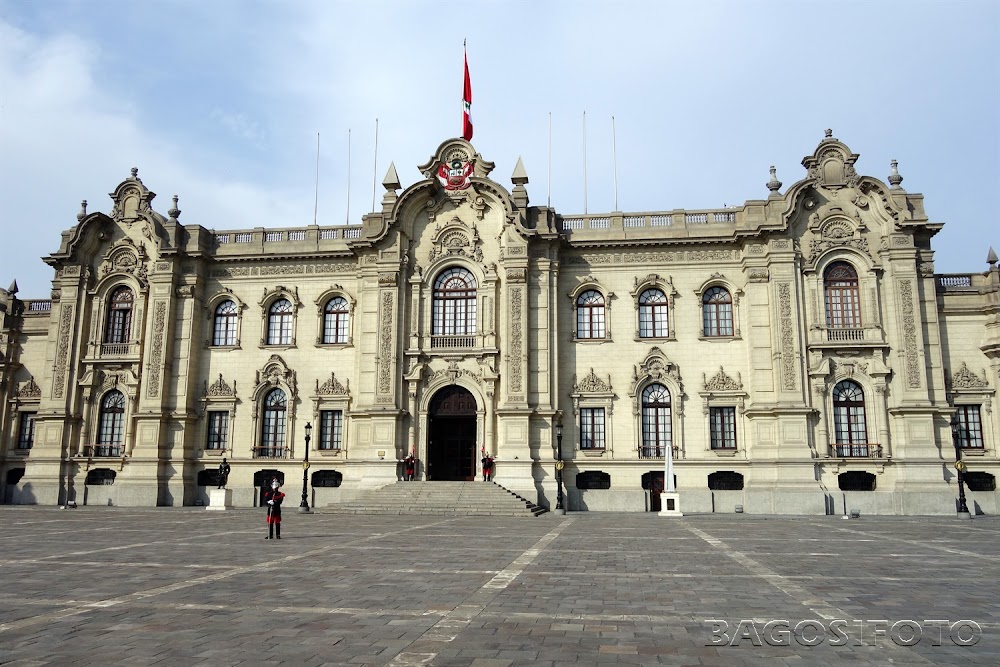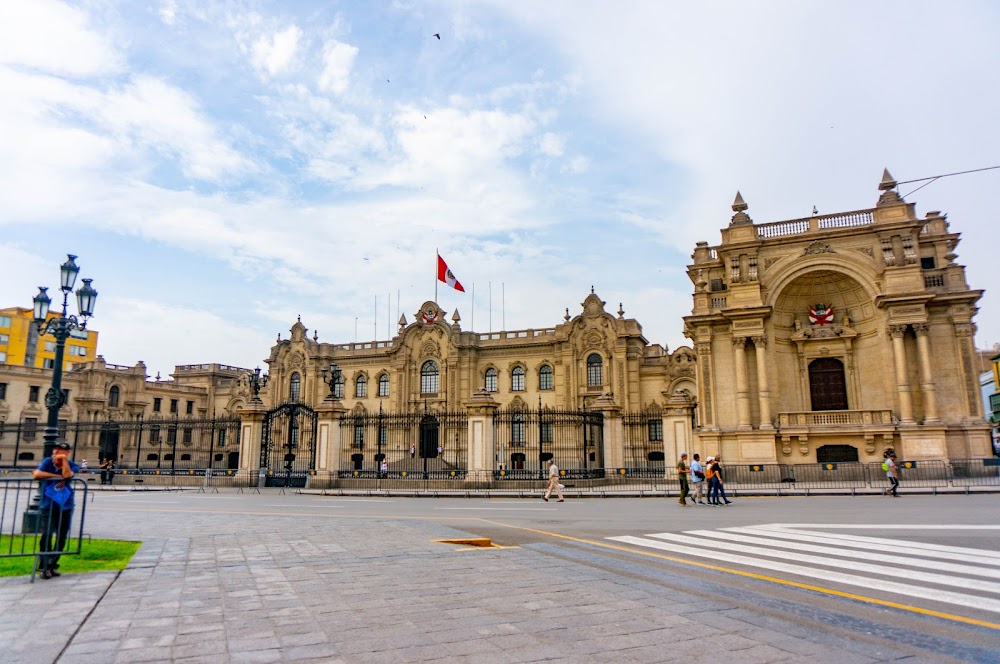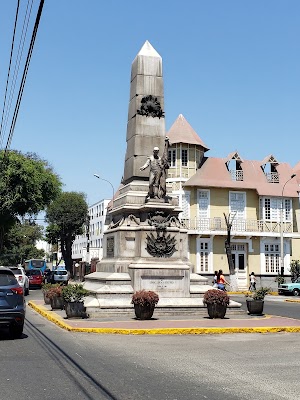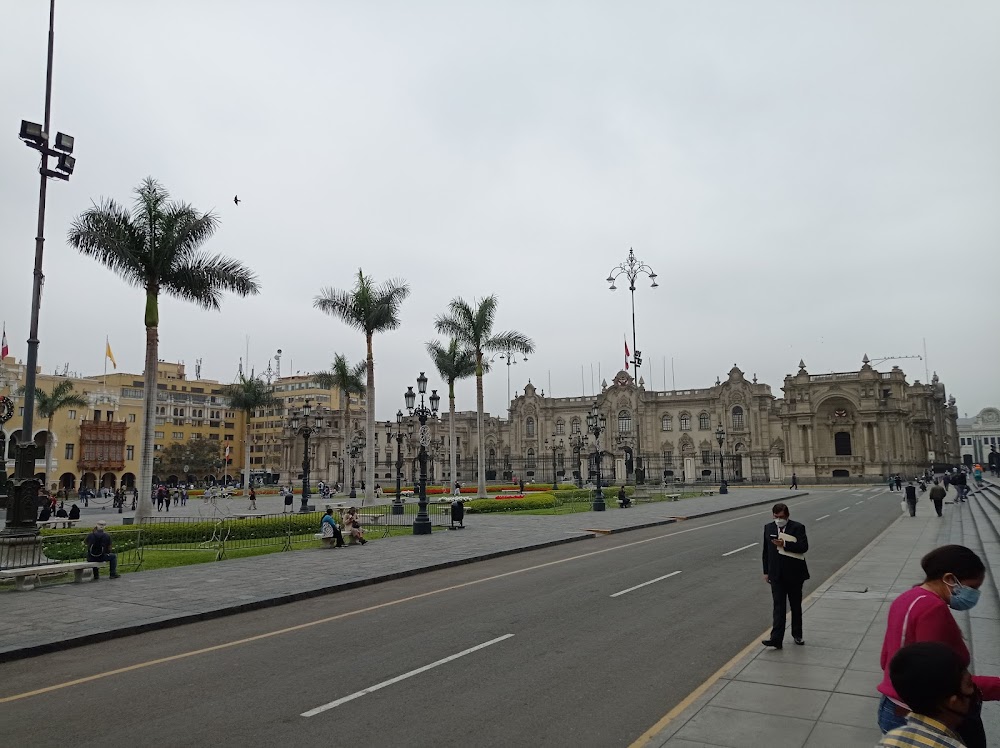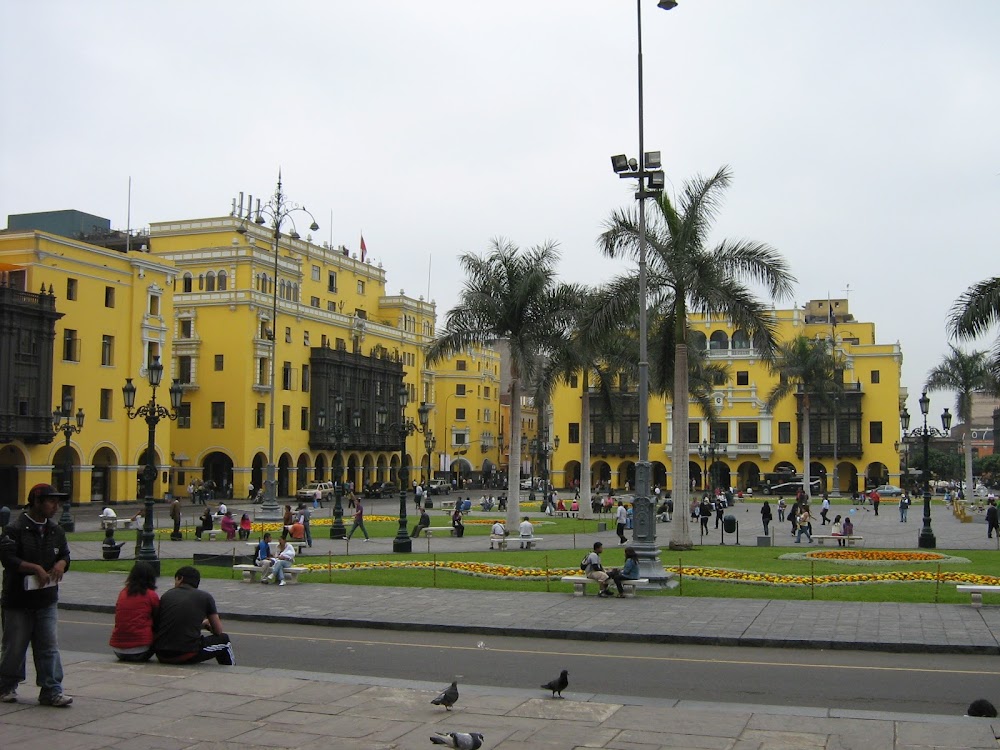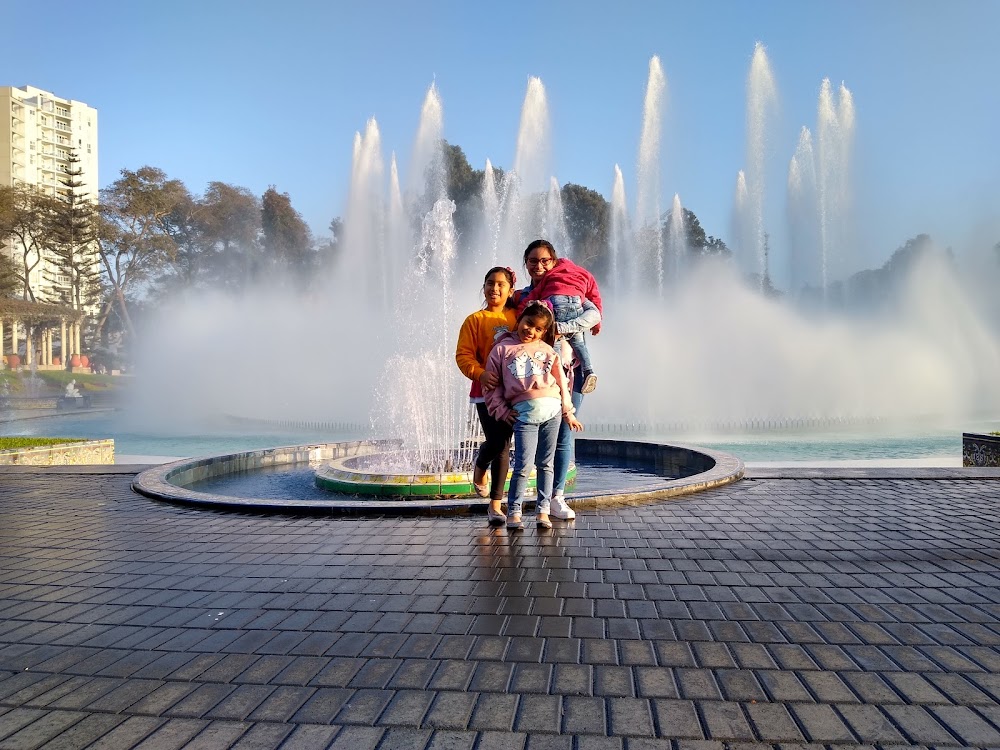Government Palace (Palacio de Gobierno)
Overview
The Government Palace of Peru, also known as the House of Pizarro, is an iconic and historical building nestled in the heart of Lima, Peru. Serving as the official residence of the President of Peru, this magnificent structure stands as a symbol of the nation's government. With its rich history and stunning architectural beauty, the palace is a significant landmark that captivates both locals and visitors alike.
Founded in 1535 by Spanish conquistador Francisco Pizarro, Lima was established at this very site where the palace now stands. Pizarro himself laid the first stone, marking the inception of the palace's construction. Originally, it served as both the residence for the conqueror and the political hub of the colony, intertwining its fate with the early governance of Peru.
Over the centuries, the palace has undergone numerous reconstructions due to devastating earthquakes and fires. Each restoration has carefully preserved elements of its colonial style while integrating contemporary architectural trends. A significant renovation occurred in the 20th century under the direction of President Augusto B. Leguía. Completed in 1938, this redesign adopted a French Renaissance style, reflecting grandeur and authority, and solidifying the palace's status as a national treasure.
The palace's distinguished façade is truly a sight to behold, featuring intricate carvings and ornate balconies. Visitors are greeted by two grand staircases that lead up to an impressive portico supported by elegant columns. This stunning façade looks out over Lima’s historic Plaza Mayor, a site that has hosted many significant events in Peru’s history.
Inside the palace, several opulent rooms are open for public viewing. The Golden Hall, adorned with lavish gold decorations, is a highlight, showcasing stunning chandeliers and mirrors that exemplify luxury. Another remarkable space is the Sun Hall, where the ceiling is inspired by indigenous art and features the emblem of the Inca sun, celebrating Peru's rich cultural heritage.
Beyond its architectural magnificence, the palace holds immense cultural and historical significance. It houses valuable collections of art, antiques, and historical documents, reflecting the diverse heritage of Peru. Moreover, it is the venue for important state ceremonies, such as presidential inaugurations and various official events, reinforcing its role in the country's governance.
The palace is complemented by extensive gardens, providing a serene escape from the bustling city life. These beautifully landscaped gardens, adorned with statues and fountains, offer a glimpse into the aesthetic considerations that have influenced the palace’s design over the years.
Security is paramount at the palace, given its position as the presidential residence. The Guards of the Palace, known as the "Marines of the Guard of the Government Palace," are responsible for its protection. Recognizable in their ceremonial uniforms, they conduct a daily changing of the guard ceremony, which attracts both tourists and locals, adding to the palace's vibrant atmosphere.
Today, the Government Palace stands not only as a seat of political power but also as a testament to Peru's rich history and cultural evolution. Its blend of architectural styles, historical significance, and ongoing role in public life make it a cherished landmark in the heart of Lima, inviting all to explore its storied past and vibrant present.


